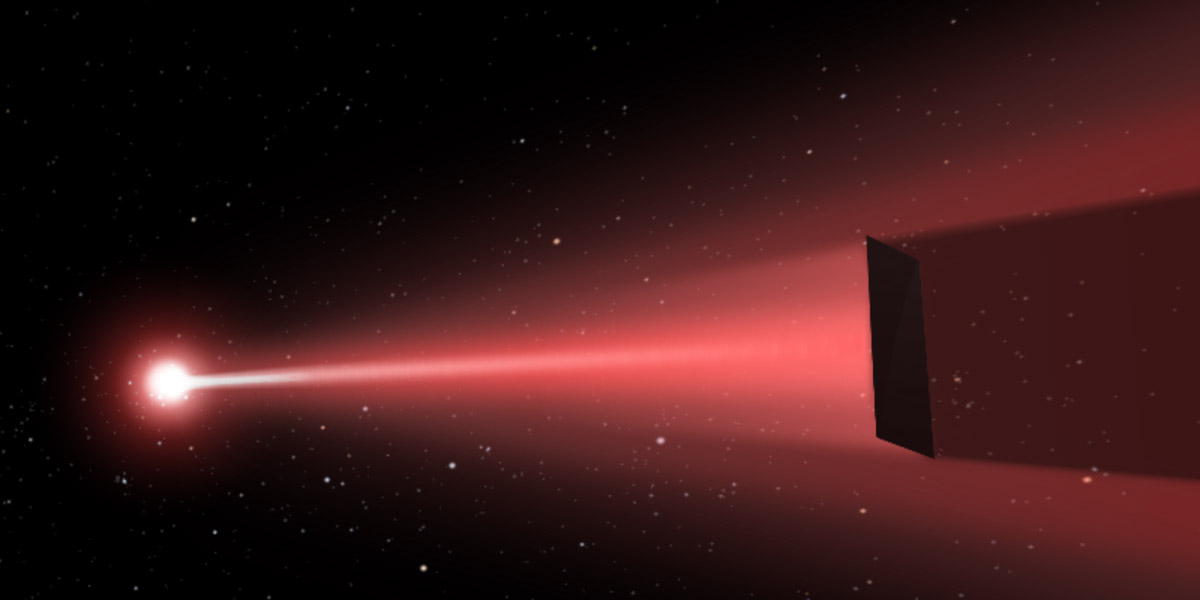Technology that harnesses the power of light could be the key (in the near future at least) to drastically improving the speed of space travel, potentially changing the duration of a trip to Mars from months/years to just days.
The fact that to even travel within our own solar system can take many years, the new laser based propulsion system being investigated by NASA is an exciting step in improving how we traverse our cosmic neighbourhood.
Current, conventional fuel based methods are known to be slow and inefficient in terms of space travel, with a large contributor to this being that the craft has to actually carry the heavy load of fuel onboard.
NASA scientists Philip Lubin, however, suggests a way around this using lasers to ‘push’ a spacecraft up to extreme speeds without the use of any burning fuel at all.
The lasers would project from the surface of the Earth, and enable a photonic type of propulsion, by firing at special sails on a probe or craft, pushing it forwards. The propulsion system will be able to get the craft up to relativistic speeds, which is a speed that is a significant fraction of the speed of light.
‘We know how to get to relativistic speeds in the lab, we do it all the time,’ said Lubin at Nasa’s National Innovative Advanced Concepts (Niac) symposium.
‘We could propel a 100kg aircraft to Mars in a few days. In comparison it would take a shuttle roughly a month to get there,’





